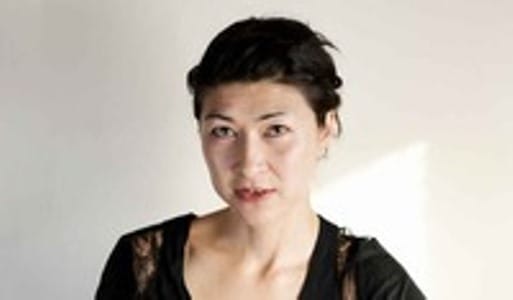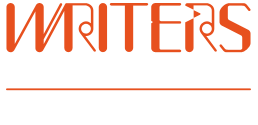
In the lead-up to her Novel in a Year workshop on Resolution, Leanne Hall shares this writing workout on possible selves, inspired by Hazel Markus – a professor of psychology at Stanford University.
Possible selves are the people we imagine we might become in the future, or should become, or are even scared of becoming. These many possible selves are what motivate us and spur us into certain actions.
The exercise
Try this exercise of thinking up possible selves for yourself. These selves might be from childhood (astronaut! gymnast!) or they might be more recent (parent, single, world traveller, religious ascetic, card sharp) Remember they can also be feared selves – the person you want to avoid becoming in life.
Make a list of as many of these possible selves as you can think of, regardless of whether they are sensible or likely.
Once finished, pick one possible self and think of that as your end-point. Imagine that is where you are today. How would your life have to be different to get you to this point? What events would have had to take place to get you here? Where in your story would you have had to branch off to get you to this different self?
Have a go at working backwards, making up at least four or five major events and actions, mistakes, good deeds or random occurrences that you can imagine would lead you to your chosen end-point. Make up new people in your life if necessary; throw in some extreme trials and tribulations if you feel like it. You could present this as a timeline, or a short Wikipedia-style biography, or simply as a series of bullet-points.
Once finished, look at your new life story. Focus on the ending, and imagine it as the ending to a novel. How will you best represent your end-point? What kind of final scenes could you design to show where you’ve ended up?
Now pay attention to what happened on your journey. Did you choose the most relevant events to lead you to the end? Are there others that are more satisfying? When you look at these events, do they inevitably lead to the ending, or could they point to something else? How far back did you have to go in your story to plant the seeds of your ending?
As a final thought, look at your imaginary final scene. If that were the first scene of the sequel to your novel, would you have somewhere to go with it?
About Leanne Hall
Leanne Hall is the author of two novels for young adults, the Text Prize-winning ‘This Is Shyness’ and its sequel ‘Queen of the Night’. Leanne has had shorter pieces published in ‘Meanjin’, ‘The Age’, ‘Best Australian Stories’ and the anthology ‘Growing Up Asian In Australia’. Her work plays with the borders of reality and fantasy.
Update: Leanne will be running a workshop on Reality and Fantasy in Fiction in Warrnambool in June 2016 and a Winter School workshop on Fantasy and Magic Realism in Short Stories in Melbourne in July 2016.
